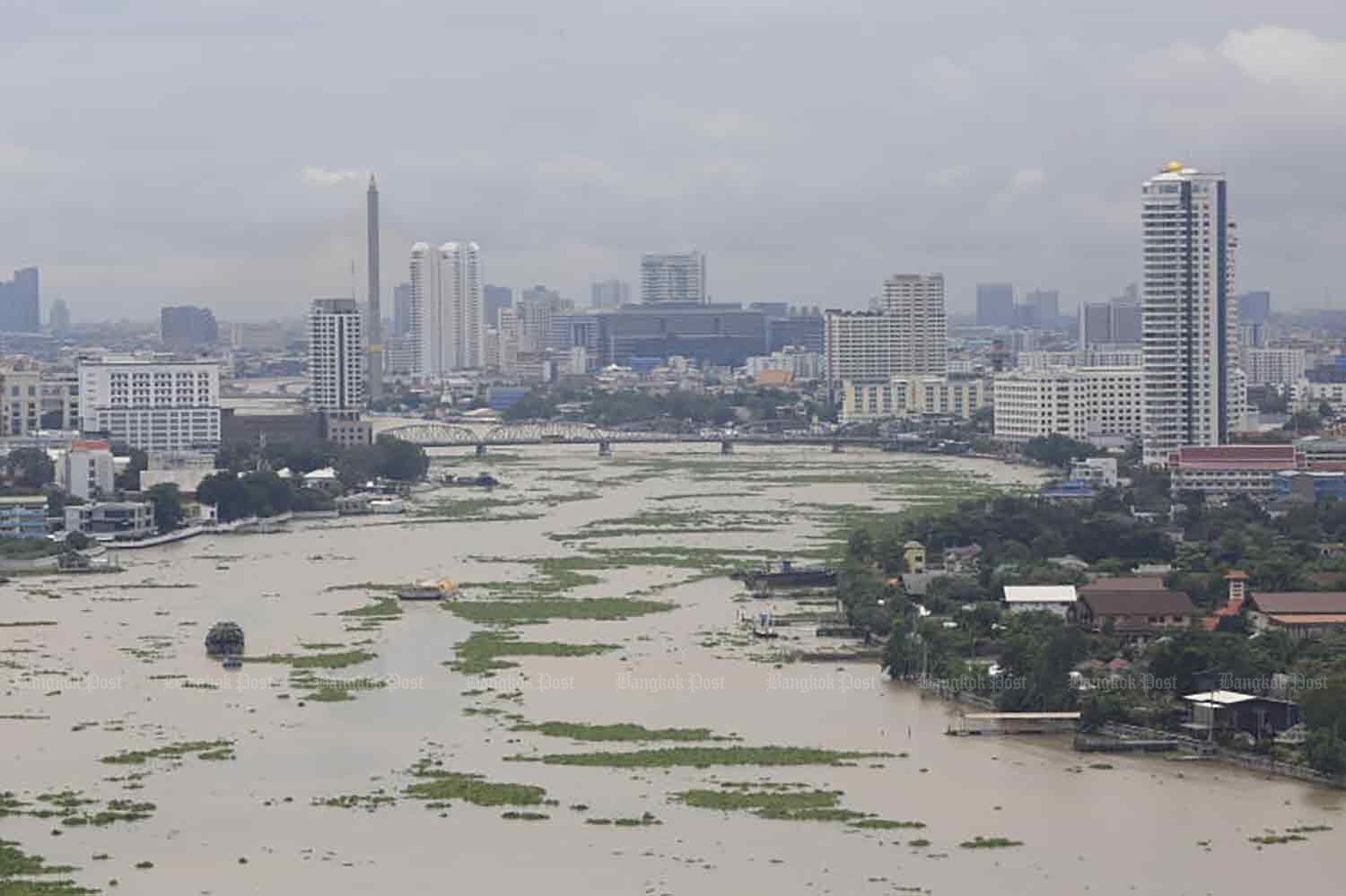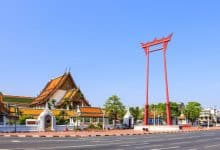Bangkok braces for river’s ride: Chao Phraya goes with the flow

Heavy flooding in northern Thailand is now wreaking havoc in Bangkok, with the capital bracing itself for the Chao Phraya River to burst its banks, according to the Royal Irrigation Department (RID).
Floodwaters from the northern provinces are surging into Bangkok, spurred by a rushed discharge from the Chao Phraya dam in Chai Nat. This dam, crucial for regulating water levels downstream, is now having a direct impact on the Central Plains and Bangkok.
Yesterday, August 29, the dam released a staggering 1,300 cubic metres of water per second, up from 1,100 cubic metres previously. This increase comes as the swollen Yom and Nan rivers, tributaries of the Chao Phraya, have prompted the higher discharge rate.
Thanet Somboon, Director of the Bureau of Water Management and Hydrology, warned that the discharge rate will likely stay at 1,300-1,400 cubic metres per second over the coming days due to the persistently high water levels. The bureau will be keeping a close eye on rainfall in flood-prone regions between now and September 4, with more heavy rain expected.
Thanet also voiced serious concern for the upper Central Plains, where rice crops are in the midst of harvest. He cautioned that severe flooding could decimate this vital crop and inflict substantial economic damage on farmers. The immediate focus is on managing the major rivers to cope with the excess water. After the rice harvest wraps up, surplus water will be redirected to vacant fields to help ease the flow downstream.
“People shouldn’t panic.”
Thanat added that the water surge is being managed according to plan and is not adversely impacting Bangkok.
Flooding issues
Government officials are preparing for more wet weather. Yesterday, the upper northern provinces of Chiang Mai, Lamphun, Nan, and Phrae recorded over 100 millimetres of rain, exacerbating flooding issues. Rising water levels in the Yom and Nan river basins remain a concern.
In Sukhothai, the main sluice gate at Hat Saphan Chan has managed to control levels in the Yom River and associated canals, averting overflow in districts like Sri Satchanalai, Sri Samrong, and Muang. Sukhothai, severely hit by recent floods, reports that over 70,000 rai of land has been inundated, with the Sawankhalok district suffering the most extensive farmland damage.
Floodwaters have breached walls, spreading into open fields. Excess water from Klong Hok Bat, Klong Yom Nam, the Yom River, and the Nan River is being diverted to the Bang Rakam field, which can hold up to 62 million cubic metres of water. These flooded fields will be drained to accommodate expected downpours over the next month.
The bureau may siphon water from the Chao Phraya into irrigation canals if necessary. More open fields should become available for water catchment after the Central Plains’ crop harvest, expected to finish by mid-next month. The National Water Command will determine which fields will be used.
In Bangkok, governor Chadchart Sittipunt accepted a donation of 50 sheets of fencing to reinforce the hydro fence and help maintain lower water levels along the Chao Phraya.
Meanwhile, flooding has forced the closure of five state-run clinics in Phrae, according to Public Health Minister Somsak Thepsutin. These clinics are expected to reopen on September 2., reported Bangkok Post

Latest Thailand News
Follow The Thaiger on Google News:


























